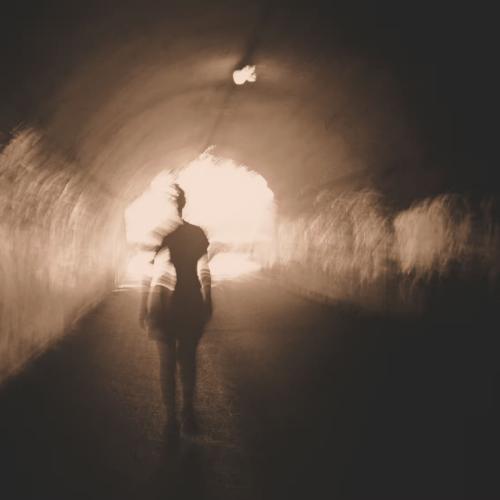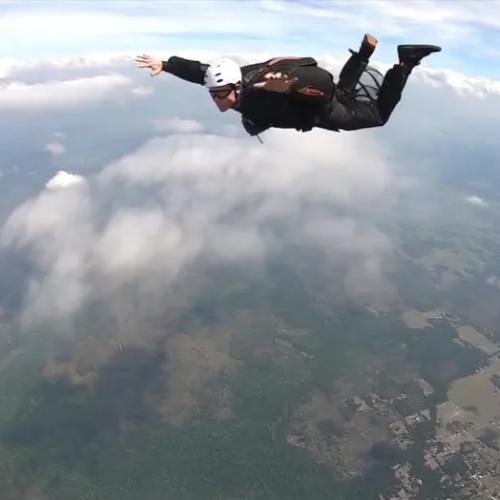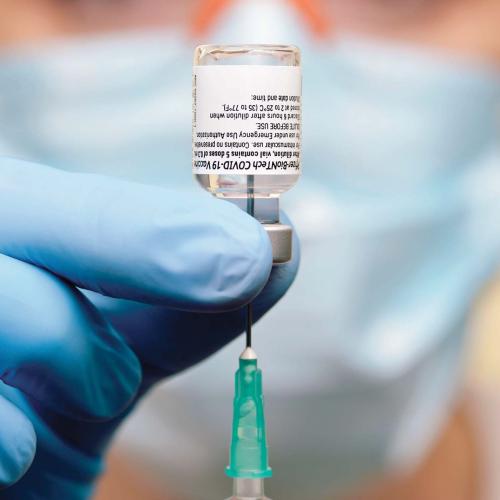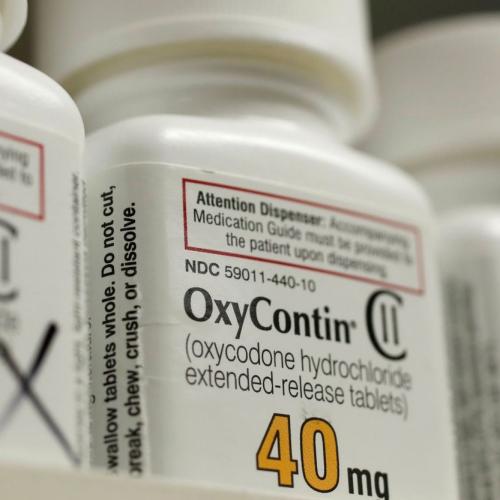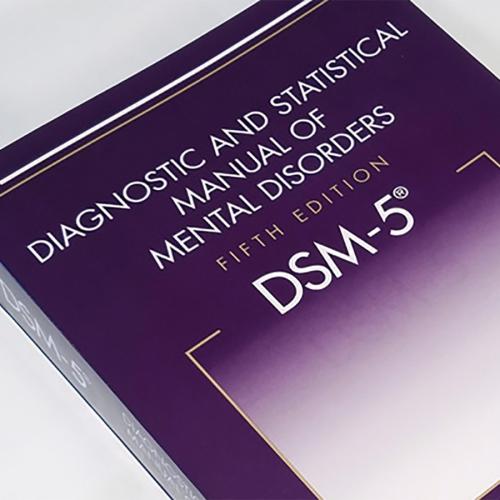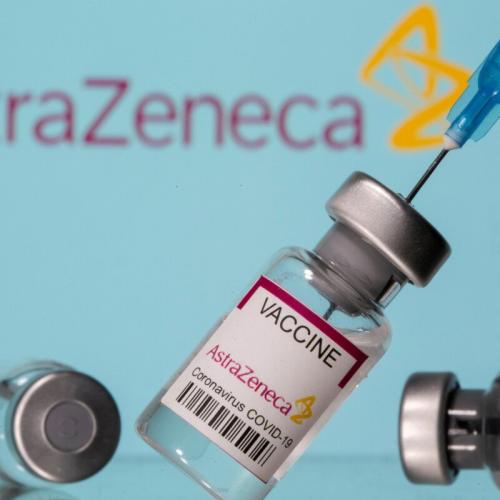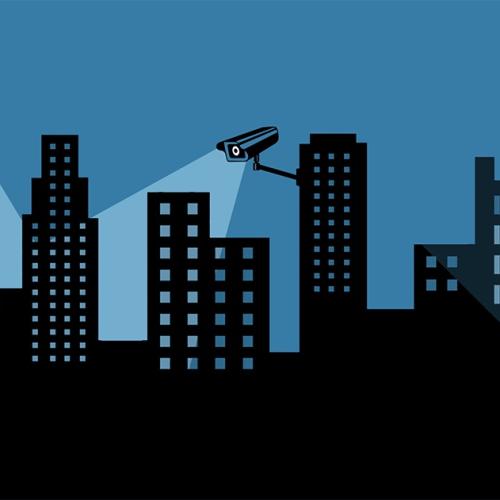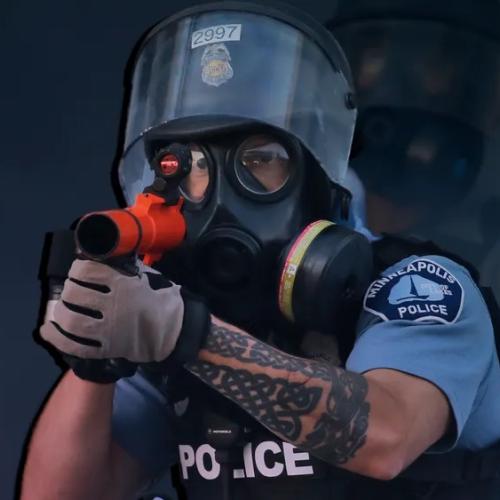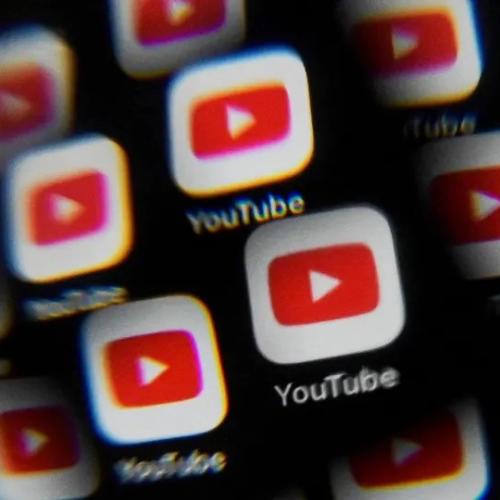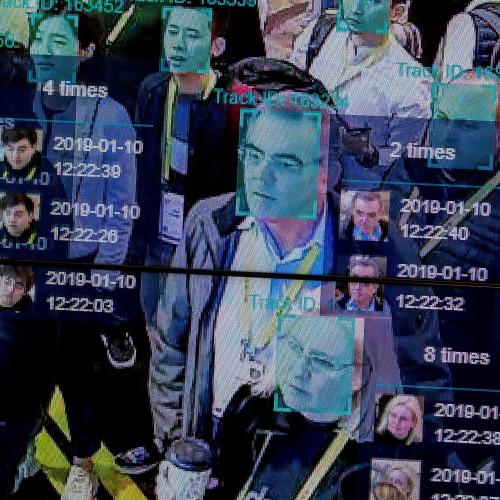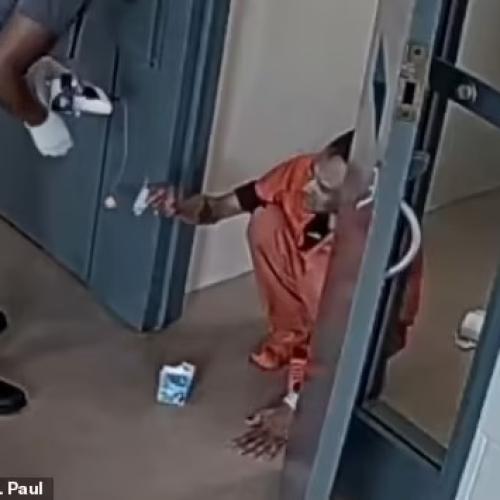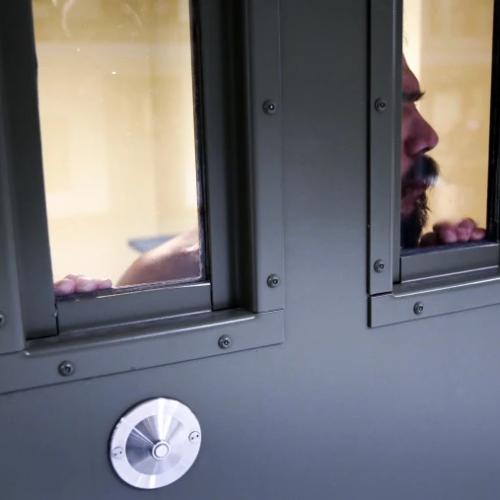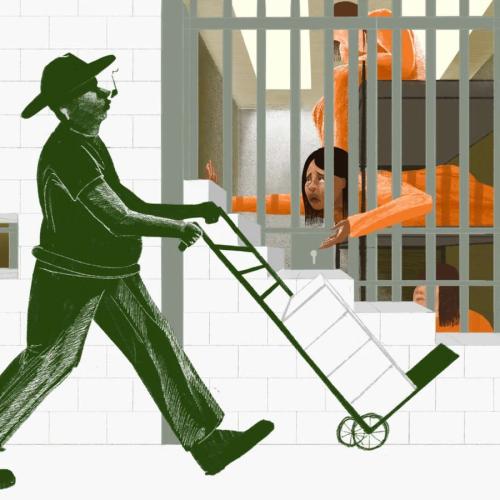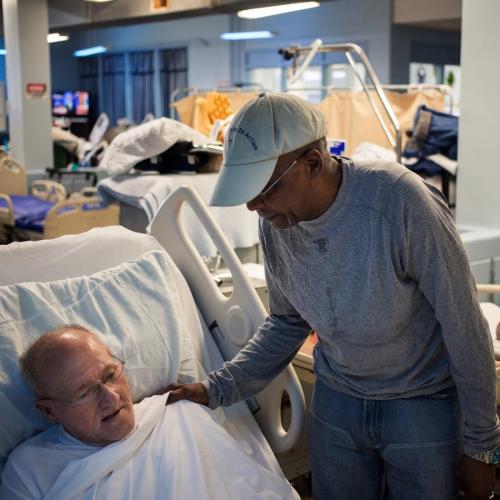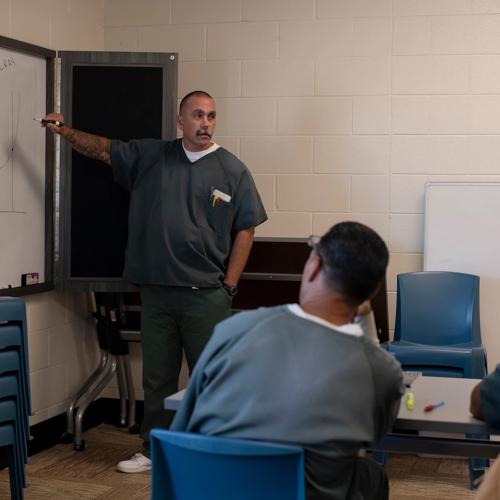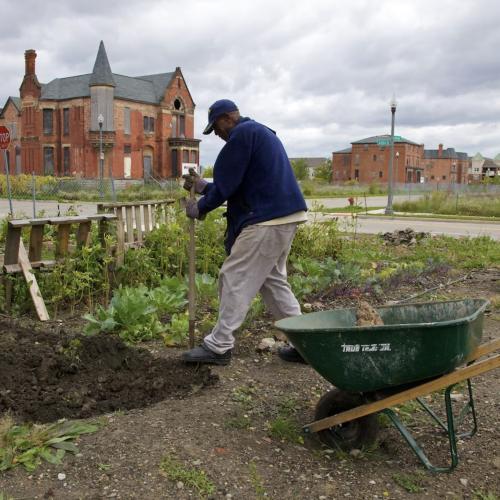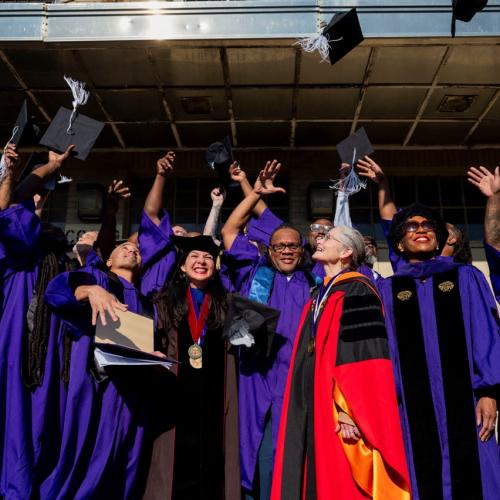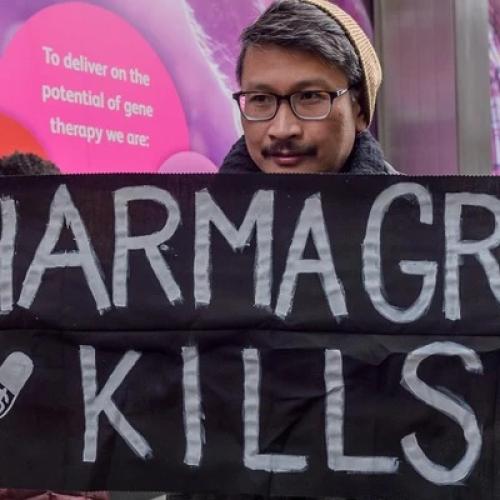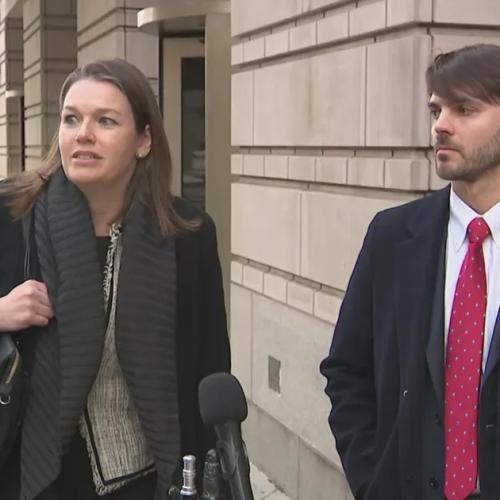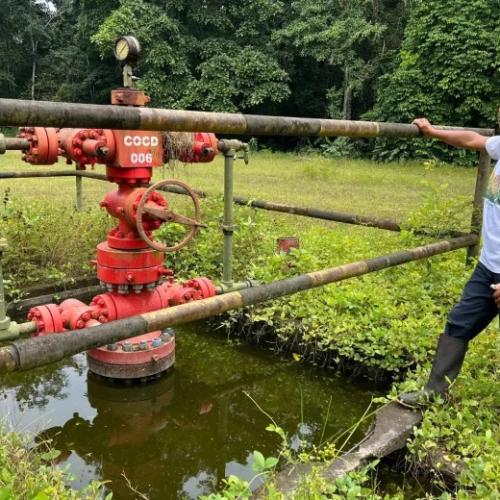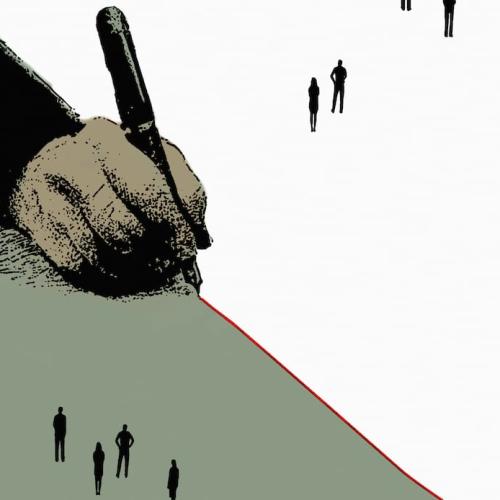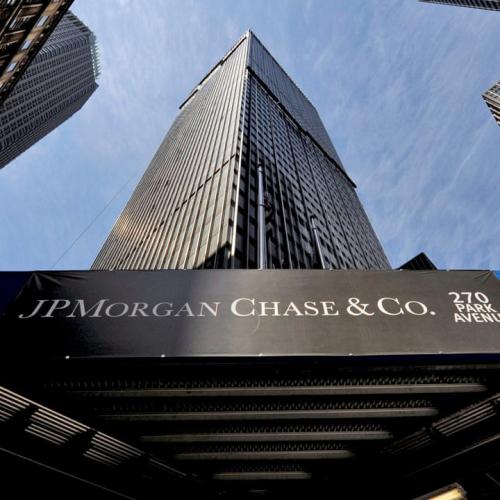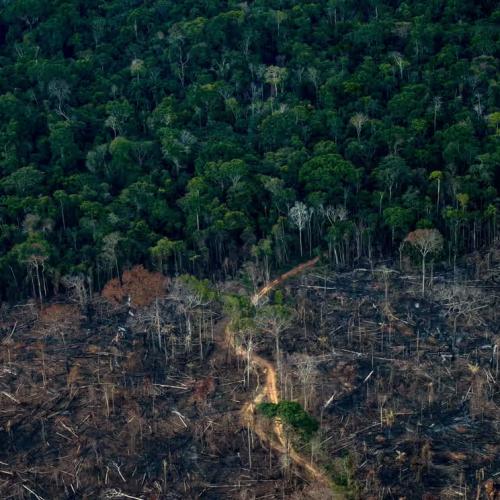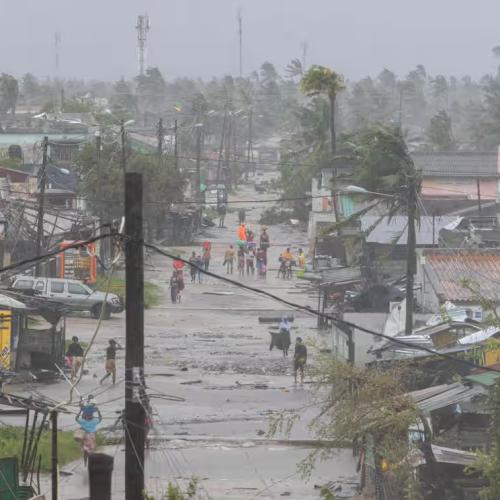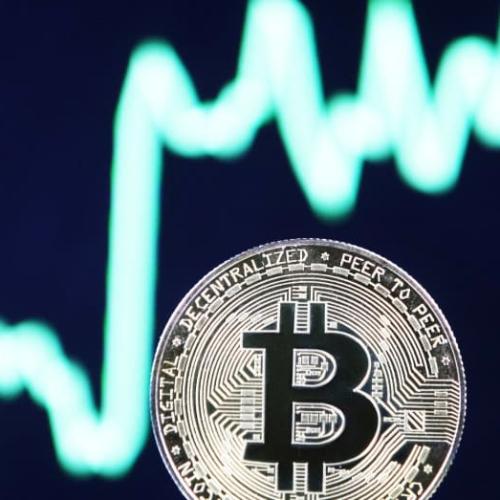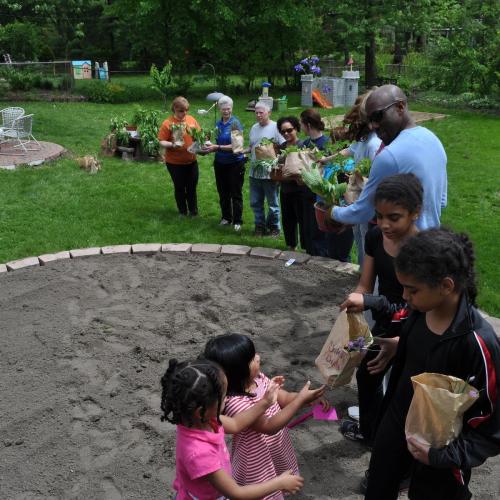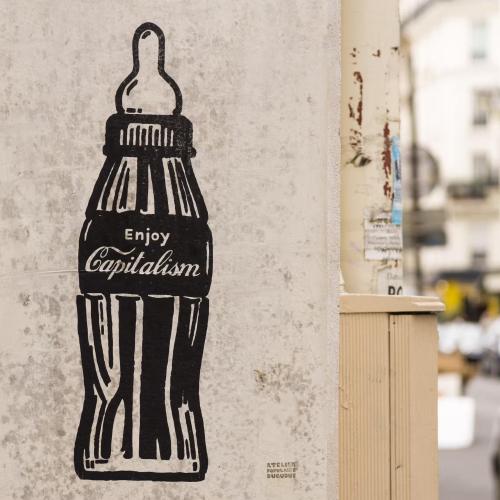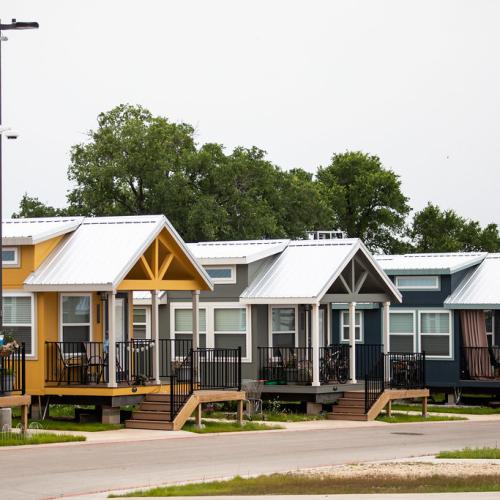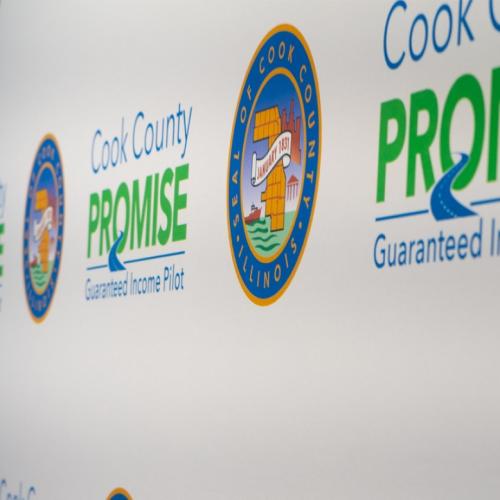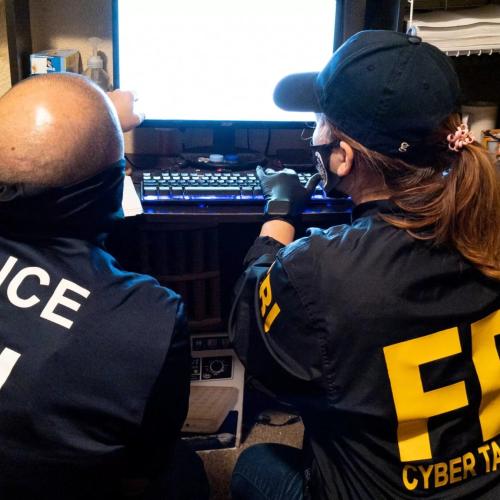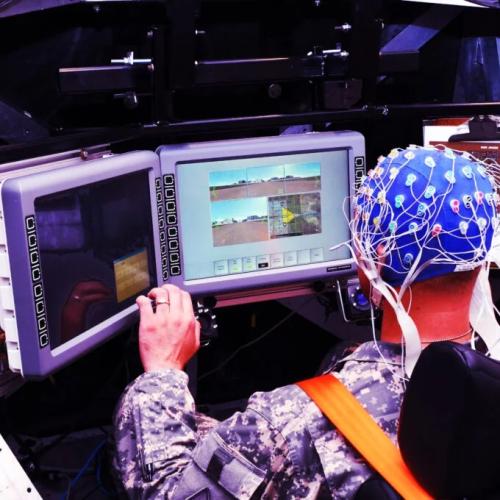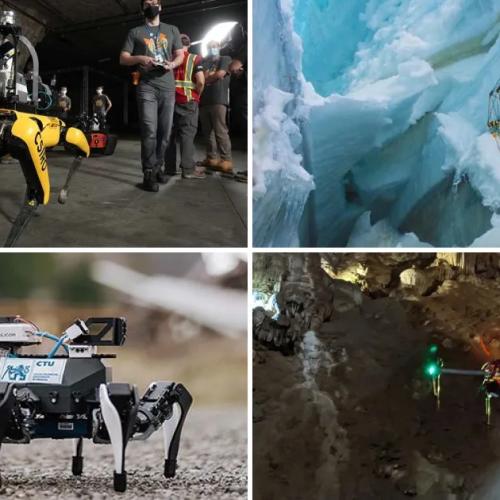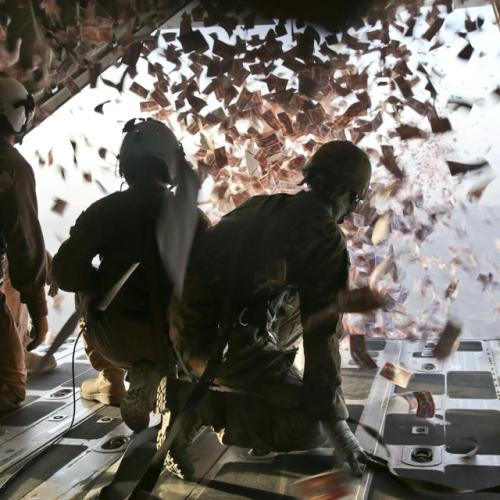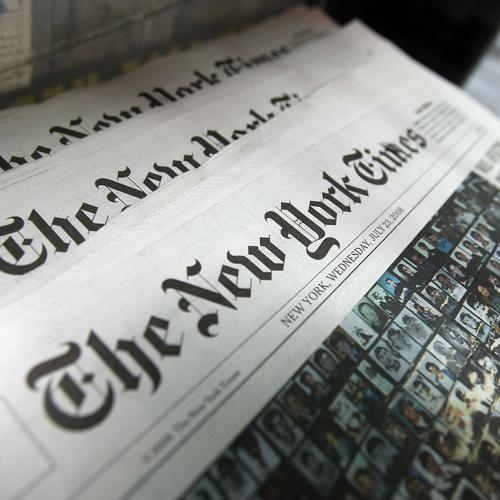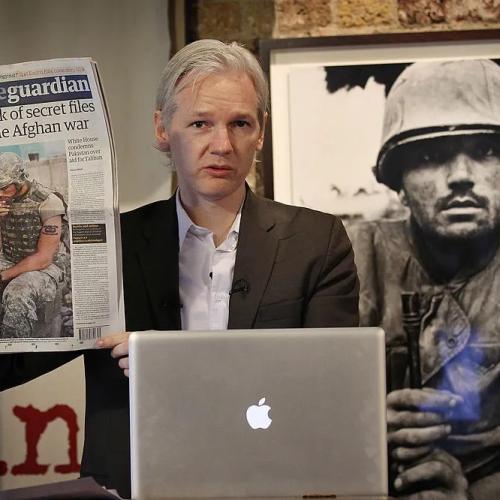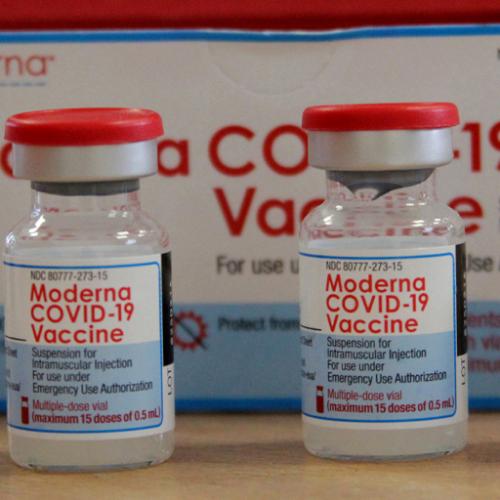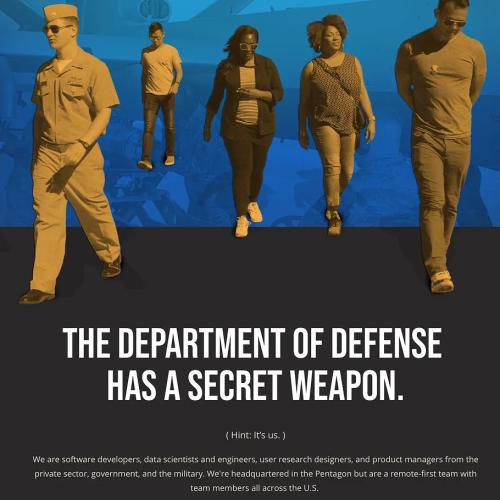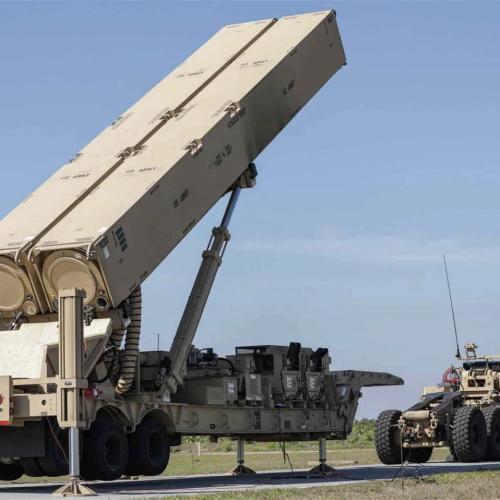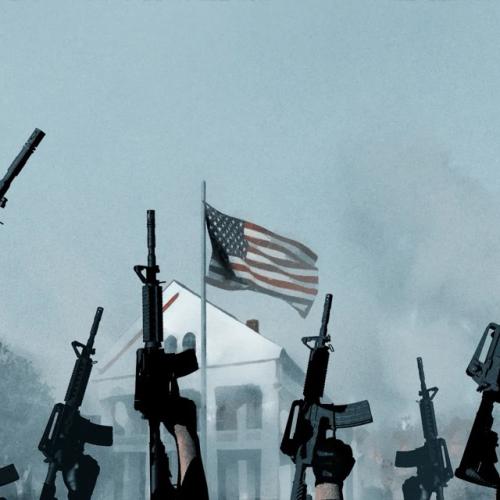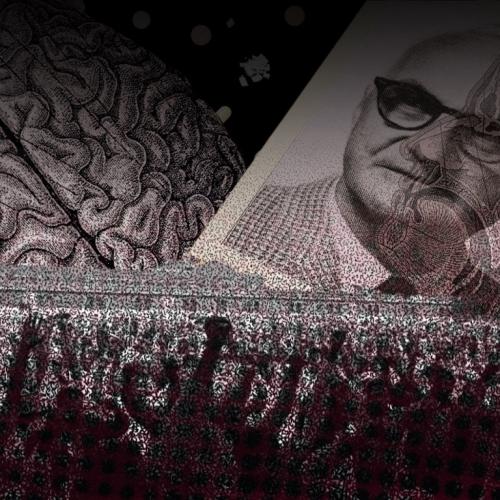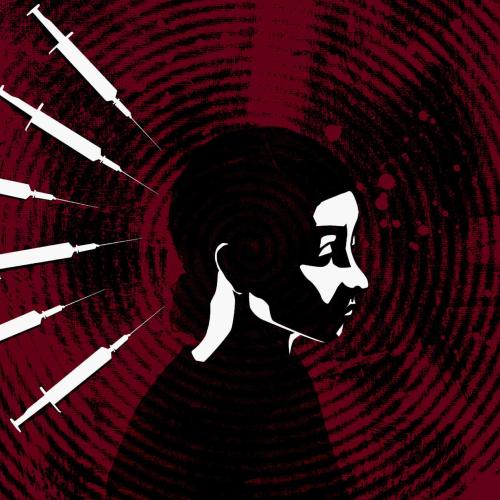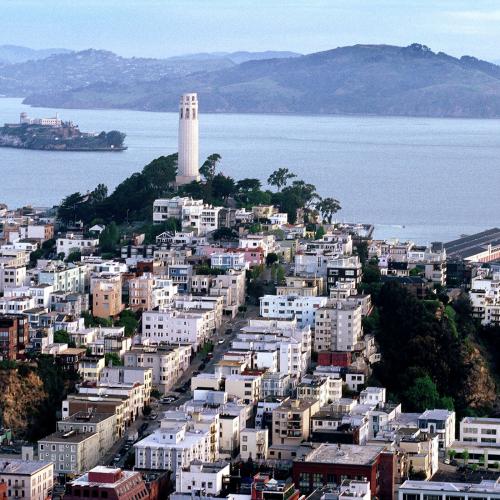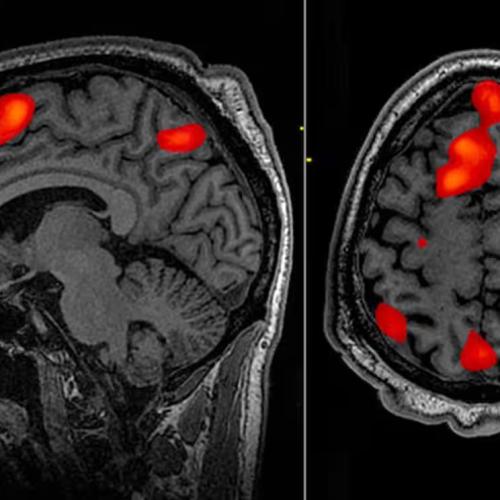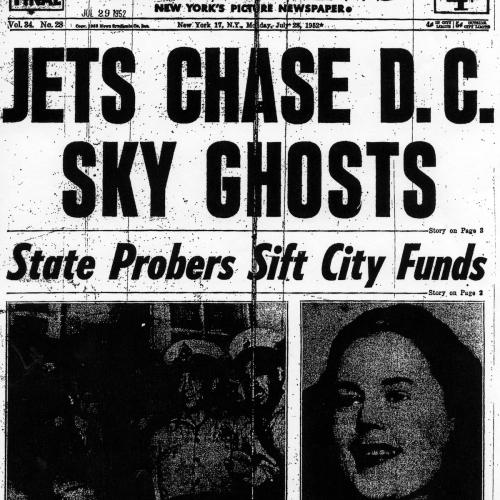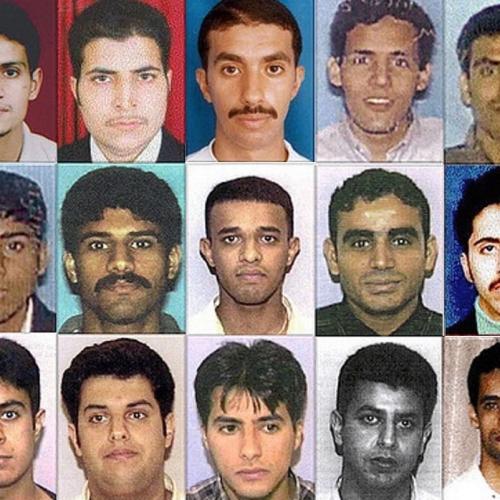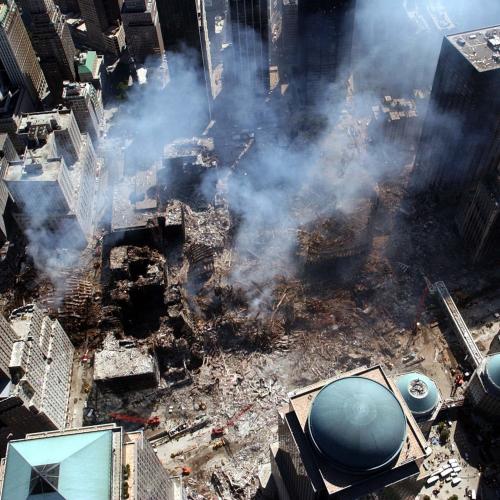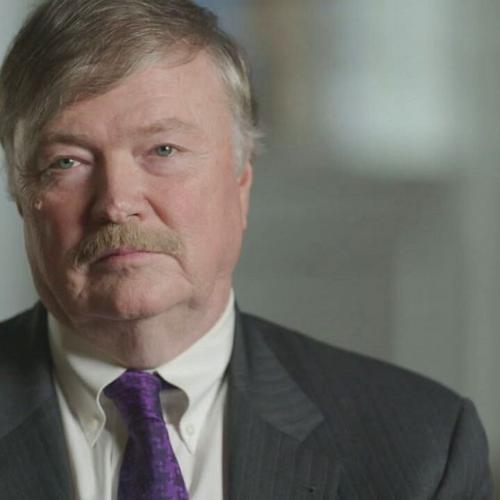Police Corruption News Articles
Below are key excerpts of revealing news articles on police corruption from reliable news media sources. If any link fails to function, a paywall blocks full access, or the article is no longer available, try these digital tools.
A former Baltimore Police Department officer named Michael Wood caused a stir online when he began tweeting some of the horrible things he claims to have seen during his 11 years on the job. Here's a [phone interview] transcript, interspersed with some of Wood's tweets. Balko: You mentioned seeing cops urinate and defecate in the homes of suspects, even on their beds and their clothes. How common was that? Wood: Theres a particular unit that does that. Everyone knew it. They usually blame it on the dog. [Tweet] "A detective slapping a completely innocent female in the face for bumping into him." Balko: One common criticism asked why you didnt report these incidents. Wood: Im totally guilty. I should have done more. [Tweet] "Swearing in court and [official documents] that suspect dropped CDS [controlled dangerous substances] during unbroken visual pursuit when neither was true." Wood: It all goes back to this whole us versus them thing. Your job is to fight crime, and these are the guys you do it with. They arent really even people. Theyre just the enemy. This is the culture. Theres a powerful bureaucracy at any big city police department. A few guys run the whole show. A few old white guys hand-pick who climbs the ranks. [Tweet] "Targeting 16-24 year old black males essentially because we arrest them more, perpetrating the circle of arresting them more." Balko: How do we make things better? Wood: I think it starts with empathy. We need to stop all this warrior talk, the militaristic language, and the us versus them rhetoric.
Note: Read the entire revealing article for a rare glimpse into the common corruption inside a big city police department. For more along these lines, see concise summaries of deeply revealing news articles on government corruption from reliable major media sources.
It began in a trailer in the shadows of one of Florida's most elegant malls, a brazen plan by two small police agencies to take on the hemisphere's most dangerous drug cartels. Forming their own task force, members of the Bal Harbour police and Glades County Sheriff's Office struck deals with criminal organizations across the country in what grew into the largest state undercover money-laundering investigation in years. Posing as launderers, the task force took in $55.6 million from the criminal groups, keeping thousands each week for themselves for laundering the money. They spent lavishly on first-class flights and five-star hotel stays. They bought Mac computers and submachine guns. In the end, they made no arrests of their own, and ended up returning all the money they laundered to the criminal groups. They also withdrew $1 million in cash with no records to show where the money went and struck millions in additional money-laundering deals that were never disclosed.
Note: Read the full series of articles on this incredibly corrupt situation. For more along these lines, see concise summaries of deeply revealing government corruption news articles from reliable major media sources.
The Metropolitan Police is being investigated over further allegations of corruption in relation to child sex offences dating back to the 1970s, including the claim that evidence gathered against MPs, judges, media entertainers, police, clergy and actors was dropped due to police intervention. The fresh allegations are in addition to the 14 cases being investigated by the Independent Police Complaints Commission (IPCC), revealed earlier this month, dating from the 1970s to the 2000s. The three new investigations relate to allegations about police suppressing evidence, hindering or halting investigations, and covering up offences due to the involvement of members of parliament and police officers. One case addressed the allegation that a child abuse investigation in central London, which gathered evidence against MPs, judges, media entertainers, police, actors, clergy, and others, was dropped. It has been claimed that two months after the file had been submitted to start proceedings against those identified, an officer was called in by a senior Met officer and told to drop the case. The two further allegations relate to a child abuse investigation conducted in the 1980s, with one relating directly to police actions in the case. The IPCC said it was also assessing a further six referrals it had received from the Met relating to similar matters.
Note: Explore powerful evidence from a suppressed Discovery Channel documentary showing that child sexual abuse scandals reach to the highest levels of government. For more along these lines, see concise summaries of deeply revealing news articles about sexual abuse scandals and government corruption from reliable major media sources.
The UK police watchdog has announced that it is investigating the Metropolitan Police following allegations that the force was involved in a cover-up over child abuse offenses. The Independent Police Complaints Commission (IPCC) has launched the investigation after the Met referred themselves over 16 separate allegations - 14 of which are to be investigated. The IPCC will look into claims of corruption within the force and whether they purposefully ignored evidence and halted investigations due to the involvement of MPs and other members of the establishment. This most recent development comes as a result of Operation Fairbank, first launched by Scotland Yard in 2012, to probe suggestions that high profile figures were involved in historic Westminster paedophile rings. Since then detectives have also opened up inquiries into the murder of three boys who its alleged were killed by those involved in such rings, claims which ... have resulted in the police calling for witnesses as they have been unable to identify the victims. One of the 14 referrals for the IPCC says that a proactive operation targeting young men in Dolphin Square was stopped because officers were too near prominent people, while another is about allegations that a politician had spoken with a senior Met Police officer and demanded no action was taken regarding a paedophile ring and boys being procured and supplied to prominent persons in Westminster in the 1970s.
Note: Explore powerful evidence from a suppressed Discovery Channel documentary showing that child sexual abuse scandals reach to the highest levels of government. For more along these lines, see concise summaries of deeply revealing news articles about sexual abuse scandals and government corruption from reliable major media sources.
An undercover police unit that monitored political groups over 40 years gathered intelligence on members of at least five trade unions, a whistleblower has revealed. Peter Francis, who spent four years undercover infiltrating political activists, has named five trade unions whose members he spied on: Unison, the Fire Brigades Union, Communication Workers Union, National Union of Teachers, and the National Union of Students. Francis, who has become a whistleblower in recent years ... was part of the covert Metropolitan police unit, the Special Demonstration Squad (SDS), that monitored hundreds of political groups between 1968 and 2008. Francis gave a statement to a packed meeting in Parliament that marked the launch of a new book about the blacklisting of thousands of workers by multi-national construction firms. This month, the Daily Mirror revealed that one of the undercover officers in the SDS, Mark Jenner, posed as a joiner and was a member of the construction workers union, UCATT, for three years. Jenners involvement in trade unions is detailed here by the Undercover Research Group, a resource on covert infiltration of political groups. It describes how he attended meetings of UCATT and other unions, regularly went on pickets and ferried trade unionists to demonstrations. In his statement ... Francis said, Let me state very clearly that Mark Jenner was 100% one of my fellow undercover SDS police officers deployed alongside me in the 1990s.
Note: While undercover, Mark Jenner had a four-year relationship with a woman who did not know his real identity. For more along these lines, see concise summaries of deeply revealing government corruption news articles from reliable major media sources.
More than 300 young people have been groomed and sexually exploited by gangs of men in Oxfordshire in the past 15 years, a damning report into the failures of police and social services to stop years of sexual torture, trafficking and rape will reveal, the Guardian has learned. The victims, mostly girls, come predominantly from the city of Oxford. A serious case review by the Oxfordshire safeguarding childrens board, to be published on Tuesday, will condemn Thames Valley police for not believing the young girls, for treating them as if they had chosen to adopt the lifestyle, and for failing to act on repeated calls for help. Oxfordshire social services which had responsibility for the girls safety will be equally damned for knowing they were being groomed and for failing to protect them despite compelling evidence they were in danger. One social worker told a trial that nine out of 10 of those responsible for the girls [were] aware of what was going on. The case echoes the child exploitation scandals in Rotherham, Rochdale and Derby. In Oxford, however, the grooming, sexual torture and trafficking took place on the streets of the Cowley area of the city, in churchyards, parks, a guesthouse and empty flats procured for the purpose of drugging the girls and handing them around to be gang raped and brutalised. Police officers and social workers did not listen to the girls when they spoke of the abuse they were suffering, did not believe them and dismissed them.
Note: If you think this is only a problem in the UK, read this disturbing article about the likely murder of Bill Bowen, a man who was about to complete a documentary exposing blatant, horrible abuses by the US's Child Protective Services that were covered up at high levels. Watch a revealing five-minute video presenting solid evidence that Child Protective Services is involved in organized U.S. child sex trafficking rings. See this webpage for more information. For solid evidence of a pedophile ring reaching to the highest levels of government, don't miss this powerful documentary and these sexual abuse new summaries.
When Frank Serpico, the most famous police whistleblower of his generation, reflected on years of law-enforcement corruption in the New York Police Department, he assigned substantial blame to a commissioner who failed to hold rank-and-file cops accountable. That's the classic template for police abuse: misbehaving cops are spared punishment by colleagues and bosses who cover for them. There are, of course, police officers who are fired for egregious misbehavior. Yet all over the U.S., police unions help many of those cops to get their jobs back, often via secretive appeals geared to protect labor rights rather than public safety. In practice, too many cops who needlessly kill people, use excessive force, or otherwise abuse their authority are getting reprieves from termination. In Oakland, California ... the San Jose Mercury News reports that "of the last 15 arbitration cases in which officers have appealed punishments, those punishments have been revoked in seven cases and reduced in five others." "In Philadelphia, an inquiry was recently completed on 26 cases where police officers were fired from charges ranging from domestic violence, to retail theft, to excessive force, to on duty intoxication," Adam Ozimek writes in a Forbes article on reforms to policing. "Shockingly, the Police Advisory Committee undertaking the investigation found that so far 19 of these fired officers have been reinstated.
Note: For more along these lines, see concise summaries of deeply revealing police corruption news articles from reliable major media sources.
School police departments across the country have taken advantage of free military surplus gear, stocking up on mine resistant armoured vehicles, grenade launchers and scores of M16 rifles. At least 26 school districts across the country have participated in the Pentagons surplus program. Federal records show schools in California, Florida, Georgia, Kansas, Michigan, Nevada, Texas and Utah obtained surplus military gear. Nearly two dozen education and civil liberties groups sent a letter earlier this week to the Pentagon and the Justice and Education departments urging a stop to transfers of military weapons to school police. The Los Angeles Unified School District the nations second-largest school district, enrolling more than 900,000 students said in a statement this week that it would remove three grenade launchers it had acquired under the program in 2001 because they are not essential life-saving items within the scope, duties and mission of the districts police force. But the district plans to keep 60 M16s and a MRAP, a military vehicle used in Iraq and Afghanistan that is built to withstand mine blasts. Los Angeles school board member Steve Zimmer said the district will likely also let go of the MRAP, too. The board was told of the specific equipment the district had received only after the protests last month in Ferguson, Zimmer said. Jill Poe, police chief in the Southern Californias Baldwin Park school district, said shell be returning the three M16 rifles acquired under her predecessor.
Note: For more on this, see concise summaries of deeply revealing government corruption news articles from reliable major media sources.
The spread of an aggressive brand of policing ... has spurred the seizure of hundreds of millions of dollars in cash from motorists and others not charged with crimes. Thousands of people have been forced to fight legal battles that can last more than a year to get their money back. Behind the rise in seizures is a little-known cottage industry of private police-training firms that teach the techniques of highway interdiction to departments across the country. [It has] enabled police nationwide to share detailed reports about American motorists criminals and the innocent alike including their Social Security numbers, addresses and identifying tattoos, as well as hunches about which drivers to stop. A thriving subculture of road officers on the network now competes to see who can seize the most cash and contraband, describing their exploits in the networks chat rooms and sharing trophy shots of money and drugs. Some police advocate highway interdiction as a way of raising revenue for cash-strapped municipalities. Unexplored until now is the role of the federal government and the private police trainers in encouraging officers to target cash on the nations highways. There have been 61,998 cash seizures made on highways and elsewhere since 9/11 without search warrants ... totaling more than $2.5 billion. State and local authorities kept more than $1.7 billion of that while Justice, Homeland Security and other federal agencies received $800 million. 298 departments and 210 task forces have seized the equivalent of 20 percent or more of their annual budgets since 2008. In 400 federal court cases examined by The Post where people who challenged seizures and received some money back, the majority were black, Hispanic or another minority.
Note: Watch an excellent spoof on this unbelievable police practice. For more on this, see concise summaries of deeply revealing government corruption news articles from reliable major media sources.
Three Massachusetts State Police officers once staked out organized-crime chief Whitey Bulger for months, all the while not knowing that he was an FBI informant who was tipped to their surveillance. James Whitey Bulger, now 82, is the Al Capone of Boston. A fugitive since 1995 who seemed untouchable, he is also compared to the Teflon Don of New York, John Gotti. His brother, Billy Bulger, was once the most powerful political figure in Massachusetts. "Whitey" was an FBI informant for decades while ruling the Irish organized-crime world. He made millions from rackets and drugs and committed an untold number of murders to keep his empire safe. On June 22, he was arrested in Santa Monica, California. The seizure of weapons and more than $800,000 in cash was no surprise. Recently, I spoke with three of the bestBob Long, Rick Fraelick, and Jack OMalley. Intrepid Bob Long was in charge. Bob Long says that if Bulger and Flemmi had not been protected by the FBI, then ... nine murders would have never taken place. Long said he believes that Agents Morris and Connolly identified more than a dozen individuals to Bulger and Flemmi as FBI informants or could-be FBI informants and all of those people were killed. Connolly is now in prison; Morris received a grant of immunity for testimony.
Note: For lots more from major media sources on government corruption, click here.
It wasn't his daredevil stunt [on his motorcycle] that has [Anthony Graber] facing the possibility of 16 years in prison. For that, he was issued a speeding ticket. It was the video that Graber posted on YouTube one week later -- taken with his helmet camera -- of a plainclothes state trooper cutting him off and drawing a gun during the traffic stop near Baltimore. In early April, state police officers raided Graber's parents' home in Abingdon, Md. They confiscated his camera, computers and external hard drives. Graber was indicted for allegedly violating state wiretap laws by recording the trooper without his consent. Arrests such as Graber's are becoming more common along with the proliferation of portable video cameras and cell-phone recorders. Videos of alleged police misconduct have become hot items on the Internet. YouTube still features Graber's encounter along with numerous other witness videos. "The message is clearly, 'Don't criticize the police,'" said David Rocah, an attorney for the American Civil Liberties Union of Maryland who is part of Graber's defense team. "With these charges, anyone who would even think to record the police is now justifiably in fear that they will also be criminally charged." Carlos Miller, a Miami journalist who runs the blog "Photography Is Not a Crime," said he has documented about 10 arrests since he started keeping track in 2007. Miller himself has been arrested twice for photographing the police.
Note: To our knowledge, no one has ever been prosecuted for videotaping police doing good things, which they often do, yet many have been arrested for catching police doing bad things. Where's the justice here?
Last Sunday's Observer claimed to expose how "an officer from a secretive unit of the Metropolitan police" worked "undercover among anti-racist groups in Britain, during which he routinely engaged in violence against members of the public and uniformed police officers to maintain his cover". Despite this sensationalist introduction, "Officer A" does not describe his involvement in any violent incidents. No wonder. The organisation he infiltrated, Youth Against Racism in Europe (YRE) is a peaceful organisation of young people, which in the 1990s organised mass protests against racism and the BNP [British National Party]. YRE [has often faced] violence from the far right, and unfortunately also from the police. The police not only used violence against [YRE] demonstrations but also carried out a secretive, unaccountable and clearly expensive infiltration operation. They gained nothing from it. Far from being secretive [YRE] publicly advertised [its] events. The Observer's revelation is not unique. Christopher Andrew's The Defence of the Realm: the Authorized History of M15, published last year, also describes state infiltration of Militant, the National Union of Miners and others. Surveillance of peaceful protestors has mushroomed. Police brutality also, as the tragic death of Ian Tomlinson showed, is not a thing of the past.
Note: Why would police place officers promoting violence in peaceful groups working against racism? Could it be that key elements within the police are racist?
Police are gathering the personal details of thousands of activists who attend political meetings and protests, and storing their data on a network of nationwide intelligence databases. The hidden apparatus has been constructed to monitor "domestic extremists". Detailed information about the political activities of campaigners is being stored on a number of overlapping IT systems, even if they have not committed a crime. Senior officers say domestic extremism, a term coined by police that has no legal basis, can include activists suspected of minor public order offences such as peaceful direct action and civil disobedience. Three national police units responsible for combating domestic extremism are run by the "terrorism and allied matters" committee of the Association of Chief Police Officers (Acpo). In total, it receives 9m in public funding, from police forces and the Home Office, and employs a staff of 100. The main unit, the National Public Order Intelligence Unit (NPOIU), runs a central database which lists thousands of so-called domestic extremists. It filters intelligence supplied by police forces across England and Wales, which routinely deploy surveillance teams at protests, rallies and public meetings. Vehicles associated with protesters are being tracked via a nationwide system of automatic number plate recognition (ANPR) cameras. Police surveillance units, known as Forward Intelligence Teams (FIT) and Evidence Gatherers, record footage and take photographs of campaigners as they enter and leave openly advertised public meetings. Surveillance officers are provided with "spotter cards" used to identify the faces of target individuals who police believe are at risk of becoming involved in domestic extremism. Targets include high-profile activists regularly seen taking part in protests.
Note: This important article should be read in its entirety. For further revelations of the magnitude of this surveillance and "rebranding protest as extremism " program, click here.
Three undercover officers accused of inciting protesters to attack riot police at the 2007 North American leaders summit in Montebello are being summoned to testify before Quebec's independent police ethics committee. The decision from the committee released this week overrules an independent review that exonerated the officers. It also comes more than two years after the black-clad trio were first exposed on YouTube. Dave Coles, the union leader who confronted the men at the time and filed a complaint against the police ... said he suspects an inquiry would find there was political involvement. This is the big question: Who sent them in? asked Mr. Coles. And don't give me some lame excuse that it was a low-level officer. Video images of the incident posted on YouTube showed three officers disguised as protesters wearing black tops and camouflage pants. Their faces were covered by black and white bandanas. One of them, wearing a sideways ball cap marked with graffiti, held a large stone in his hand. Mr. Coles yelled at them to show their faces and the officer carrying the rock responded with a two-handed shove.
Note: Click on the link above to watch the astonishing YouTube video of this police provocation. This is just one case that happened to be caught on film. Why are undercover police infiltrating activist groups and inciting violence at demonstrations around the world?
Nearly one third of people killed by US police since 2015 were running away, driving off or attempting to flee when the officer fatally shot or used lethal force against them, data reveals. In the past seven years, police in America have killed more than 2,500 people who were fleeing, and those numbers have slightly increased in recent years, amounting to an average of roughly one killing a day of someone running or trying to escape, according to Mapping Police Violence, a research group that tracks lethal force cases. In many cases, the encounters started as traffic stops, or there were no allegations of violence or serious crimes prompting police contact. Some people were shot in the back while running and others were passengers in fleeing cars. Despite a decades-long push to hold officers accountable for killing civilians, prosecution remains exceedingly rare, the data shows. Of the 2,500 people killed while fleeing since 2015, only 50 or 2% have resulted in criminal charges. The majority of those charges were either dismissed or resulted in acquittals. Only nine officers were convicted, representing 0.35% of cases. The data, advocates and experts say, highlights how the US legal system allows officers to kill with impunity and how reform efforts have not addressed fundamental flaws in police departments. US police kill more people in days than many countries do in years, with roughly 1,100 fatalities a year since 2013. The numbers haven’t changed since the start of the Black Lives Matter movement.
Note: Explore the database of the Washington Post on police killings. For more along these lines, see concise summaries of deeply revealing news articles on police corruption from reliable major media sources.
Uvalde city officials are using a legal loophole and several other broad exemptions in Texas to prevent the release of police records related to last month's mass shooting that left 19 children and two teachers dead, according to a letter obtained by NPR. Since the May 24 shooting at Robb Elementary School, law enforcement officials have provided little and conflicting information, amid mounting public pressure for transparency. The Texas Department of Public Safety, which is leading the state investigation, previously said that some accounts of the events were preliminary and may change as more witnesses are interviewed. The City of Uvalde has hired a private law firm to make its case, which cited the "dead suspect loophole," to deny the release of information because the gunman died in police custody. The legal exception bars the public disclosure of information pertaining to crimes in which no one has been convicted. The Texas Attorney General's Office has ruled that the exception applies when a suspect is dead. The maneuver has been used repeatedly by Texas law enforcement agencies to claim they're not required to turn over the requested information because a criminal case is still pending, even though the suspect is dead. The loophole was established in the 1990s to protect people who were wrongfully accused or whose cases were dismissed, said Kelley Shannon, executive director of the Freedom of Information Foundation of Texas. "It is meant to protect the innocent," Shannon said.
Note: For more along these lines, see concise summaries of deeply revealing news articles on corruption in policing and in the court system from reliable major media sources.
Security footage shows cops at the Uvalde, Texas school massacre waited 77 minutes before even trying to open the doors to two classrooms where the shooter killed 19 children and two teachers last month, a new report said. The latest revelation, published Saturday by The San Antonio Express News, is the latest detail that shows a botched police response to the massacre, which is now under investigation by the Texas Department of Public Safety. Video shows that gunman Salvador Ramos, 18, was able to open the door to classroom 111 on May 24, even though it was supposed to lock automatically when shut. Once inside the classroom, Ramos was able to access classroom 112 through another interior door. It was unclear if the door was locked while Ramos conducted the shooting spree, but police did not even check or try to open it, despite having access to a Halligan tool which could have broken the lock. Uvalde school district police Chief Pete Arredondo was in charge of the operation. He previously told The Texas Tribune that he waited for 40 minutes for keys from the custodian to try to open the classroom door. Finally, at 12:50 p.m., police breached the door and shot and killed the suspect who had first broken into the school at 11:33 a.m. through an exterior door that had also failed to automatically lock. Texas investigators say Arredondo mistakenly treated the shooting as a barricaded suspect incident instead of an active shooter situation.
Note: For more along these lines, see concise summaries of deeply revealing news articles on police corruption from reliable major media sources.
As thousands of protesters converged in Brooklyn on Monday evening, NYPD scanners picked up a bit of radio chatter. After a police dispatcher noted protester movement near the 77th Precinct, a voice on the same channel replies clearly: Shoot those motherfuckers. Just as clear was the immediate response: Dont put that over the air. The radio message was yet another indicator that police see protesters as enemies to combat rather than the citizens they are sworn to protect. [It] was also a sign of how emboldened police have become in calling for violence, and how little they seem to fear repercussions. Officers have responded to protests prompted by anger at police violence ... with yet more violence and, mostly, no consequence. Over the last several days, NYPD officers have beaten protesters with nightsticks, ripped off masks to pepper-spray them at close range, [and] driven their vehicles into crowds. The abuse has been enabled by laws that shield officers from accountability and by barriers to police oversight as well as by city leaders who have long allowed police to operate with impunity. In response to the police crackdown, NYPD Commissioner Dermot Shea expressed his pride as he congratulated his officers for their actions. Mayor Bill de Blasio ... continued his long-held practice of defending police misconduct in the face of indisputable evidence and attempted to shift the blame to protesters. Officials have responded to pressure for greater police transparency [by] making everything from complaints of misconduct to the findings of internal reviews, to body camera footage largely inaccessible to the public.
Note: While some policemen are standing with protestors, as reported in this ABC News article, another revealing article shows that the large majority of attacks on journalists came from police and not protestors. For more along these lines, see concise summaries of deeply revealing news articles on police corruption from reliable major media sources.
In the pandemic’s bewildering early days, millions worldwide believed government officials who said they needed confidential data for new tech tools that could help stop coronavirus’ spread. In return, governments got a firehose of individuals’ private health details, photographs that captured their facial measurements and their home addresses. Now, from Beijing to Jerusalem to Hyderabad, India, and Perth, Australia, The Associated Press has found that authorities used these technologies and data to halt travel for activists and ordinary people, harass marginalized communities and link people’s health information to other surveillance and law enforcement tools. In some cases, data was shared with spy agencies. China’s ultra-strict zero-COVID policies recently ignited the sharpest public rebuke of the country’s authoritarian leadership since ... 1989. Just as the balance between privacy and national security shifted after the Sept. 11 terrorist attacks, COVID-19 has given officials justification to embed tracking tools in society that have lasted long after lockdowns. What use will ultimately be made of the data collected and tools developed during the height of the pandemic remains an open question. Australia’s intelligence agencies were caught “incidentally” collecting data from the national COVIDSafe app. In the U.S. ... the federal government took the opportunity to build out its surveillance toolkit, including two contracts in 2020 worth $24.9 million to the data mining and surveillance company Palantir Technologies Inc.
Note: Read an essay by constitutional attorney John W. Whitehead on COVID and the surveillance state. Detroit police recently sought COVID relief funds to install ShotSpotter microphones throughout the city. For more along these lines, see concise summaries of deeply revealing news articles on the coronavirus and the disappearance of privacy from reliable major media sources.
Police have killed more than 1,000 people so far in 2020, according to the Mapping Police Violence project. The research group's database reveals that officers have killed 1,039 people in the U.S. as of December 8 - including 21 people who were aged 18 or under. According to Mapping Police Violence, by the end of November, there had only been 17 days in the year when police officers did not kill someone. And in a year that saw a nationwide reckoning on race following the police killings of George Floyd and other Black people, the database reveals that 28 percent of those killed by police in 2020 were Black - despite Black people only making up 13 percent of the U.S. population. Despite the months of protests denouncing police brutality and calls to "defund the police," Mapping Police Violence's data shows that police in 2020 have continued to kill people at similar rates to previous years. Mapping Police Violence's data shows that Black people are the most likely to be killed by police. Black people are three times more likely to be killed by police than white people and 1.3 times more likely to be unarmed compared to white people, according to data on police killings between 2013 and 2019. The statistics also show that there is little accountability for police killings. According to Mapping Police Violence, 98.3 percent of police killings between 2013 and 2020 resulted in no criminal charges for the officers involved.
Note: For more along these lines, see concise summaries of deeply revealing news articles on police corruption from reliable major media sources.
Important Note: Explore our full index to revealing excerpts of key major media news articles on several dozen engaging topics. And don't miss amazing excerpts from 20 of the most revealing news articles ever published.






